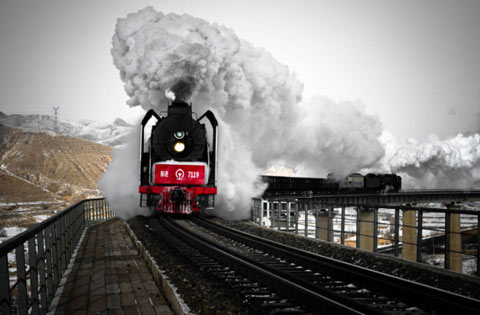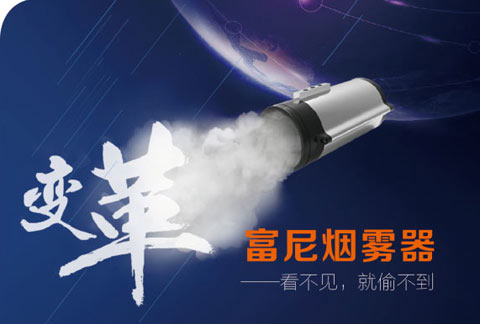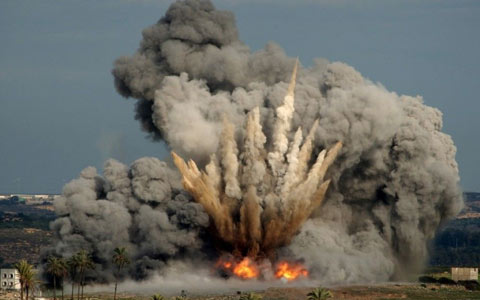Smoke is an artificial aerosol formed by a smoking agent. As a kind of artificial aerosol, the basic principle of smoke formation is not substantially different from that of ordinary aerosols. It is usually formed by the mechanical dispersion of physical processes and the aggregation of physical and chemical processes. The difference between the two formation methods is that dispersion is to increase the specific surface area of ​​the original system, while aggregation is the opposite, and the specific surface area is reduced.
There are three methods of smoke formation, namely dispersion method, agglutination method and comprehensive method. In principle, the synthesis method is still a synthesis of both physical processes and physicochemical processes.
(1) Dispersion method It uses mechanical force to crush solid or liquid smoke into fine particles and disperse them into the air.
Mechanical smashing solid smoke is to slowly apply force to the solid by grinding, milling or squeezing, etc .; it can also be applied to the solid quickly by high-pressure gas and jet mill or high-energy impact body collision. The disadvantage is that the dispersion is not high, and it is not easy to form a stable aerosol. For example, the color smoke produced by the color running that young people prefer nowadays is mainly composed of corn starch. The method of forming smoke is a typical dispersion method.

Colored smoke in the "Color Run" event
(2) Coagulation method The formation of the dispersed phase in this method is divided into two stages: the supersaturated vapor is formed first, and then the supersaturated vapor is condensed into smoke.
There are two ways to obtain supersaturated steam, namely cooling hot steam and using chemical reaction to form steam material to supersaturate the space steam.
The cooling hot steam method is based on a decrease in temperature, and the saturated vapor pressure and the vapor concentration in its space are also reduced. Further cooling produces supersaturated steam, during which excess steam condenses into a lot of suspended particles in the atmosphere and becomes smoke. The thick white smoke from the old steam engine train belongs to the typical condensation method.

The white smoke from the steam engine train
The process of chemical reaction to form steam material to supersaturate the steam is essentially a process of combustion into smoke. The gaseous material produced by the combustion chemical reaction forms supersaturated steam after cooling in a gas medium, and then the supersaturated steam condenses into smoke. The essence of Funey aerosol into smoke is the condensation method using chemical reaction.

Fumes from the Foney Smoker
(3) Comprehensive method It uses both the dispersion method and the agglutination method to produce smoke.
Part of the smoke particles is formed by the dispersion method, and the other part is formed by the condensation method. The formation of smoke particles is a comprehensive result of the two processes of dispersion and aggregation.
Explosion into smoke is an example of a comprehensive method. During the explosion, the solid or liquid is dispersed into the spherical space centered on the explosion point by the impact of high-pressure gas to form smoke particles. The occupied space reaches supersaturated state, and then condenses into smoke.

Smoke from bomb explosion
Aluminum Sheet With Marble Color
Aluminium Flat Sheet,Polished Aluminum Sheet,Perforated Aluminum Sheet,Decorative Aluminium Sheet
SHAOXING YOTO IMPORT&EXPORT CO., LTD , https://www.sxyotoes.com
